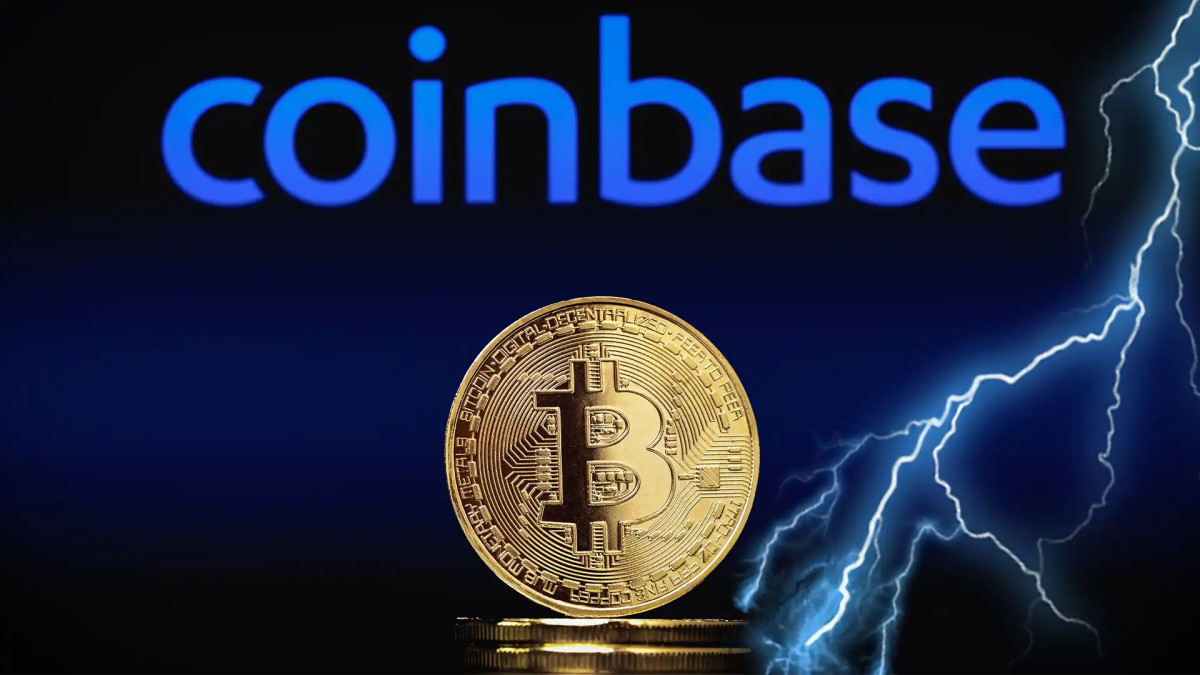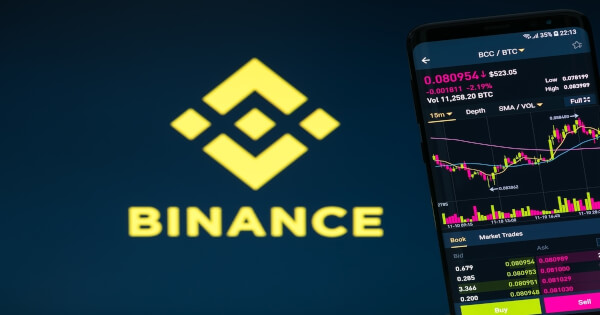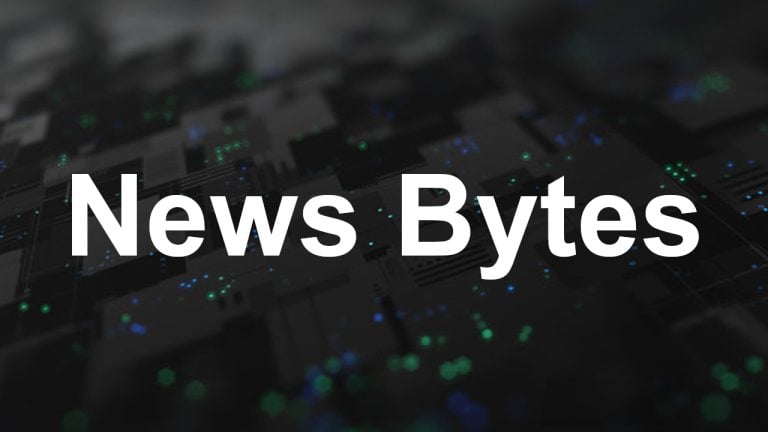Last month offered a mixed bag of enthusiastic and uncertain ecosystem developments. Optimism, a prominent Ethereum Layer 2 scaling solution, announced and successfully completed its Bedrock upgrade; and BRC-20 tokens provided a boost to Bitcoin usage and fee revenue. Precariousness around the debt limit in the United States, however, dampened volatility and kept crypto prices at bay. Bitcoin experienced its first negative month in 2023, closing May down nearly 7%. Ethereum stayed flat, gaining a negligible 0.28%.
On the home front, CEX.IO rolled out exciting new features and network updates. The improved adaptive interface now available for Exchange Plus allows our users to harness the power of CEX.IO no matter where they are. Need to trade on the go? Exchange Plus’ web terminal update enables convenient and seamless trade from your smartphone. Lounging at home and don’t feel like sitting in front of your computer? Don’t fret, the Exchange Plus trading experience just became more intuitive for tablet users.
On the side of network updates, the CEX.IO Team successfully implemented its scheduled maintenance for the AurusX network. AX token deposits and withdrawals have been reenabled, upon finalization of the update for supported regions.
Tackle our May Trader’s Digest, and tap into the strength and knowledge of your trusted guide in CEX.IO.
Table of contents
- Exchange Plus adds 200+ listings
- CEX.IO launches enhanced Exchange Plus web terminal
- AX withdrawals and deposits reopened after successful AurusX network update
- Lighting Labs updated Taproot Assets to offer improved token minting on Bitcoin
- OP late May supply unlock paves way for SUI unlock in June
- BRC-20 tokens cause traffic jam on Bitcoin
- Nigeria is planning to greenlight tokenized equity, but exclude crypto
- Tether announces plan to periodically buy BTC with company profits
- Bittrex Inc. filed for bankruptcy protection
- Web3 onboarding platform raises $52 million round, led by PayPal Ventures
- U.S. debt ceiling deal dropped a proposed 30% mining tax
- Optimism announced and successfully completed its Bedrock update
New coin listings
Exchange Plus adds 200+ listings
We’ve added 200+ fiat-to-crypto, and crypto-to-fiat pairs to Exchange Plus, officially closing the gap between our current and legacy offerings. And participants can apply new tools and capabilities to enhance the trading experience.
Click the link below to view our updated listings, and explore the terminal.
Company updates
CEX.IO launches enhanced Exchange Plus web terminal
We’re thrilled to announce the launch of a new version of our Exchange Plus web terminal. Say hello to a seamless trading experience that adapts to your needs, on any device. Whether you’re visiting the Exchange Plus website using your smartphone, tablet or laptop, our terminal’s new adaptive interface ensures smooth and convenient trading at your fingertips.
Note: Exchange Plus is currently not available in the U.S. Check the list of supported jurisdictions here.
AX withdrawals and deposits reopened after successful AurusX network update
The successful implementation of planned maintenance on the AurusX network means AX deposits and withdrawals have been re-opened on CEX.IO. Users may once again take advantage of our product ecosystem’s convenient on-/off-ramps, and enjoy greater asset mobility with their AX tokens.
Notable industry events
Lighting Labs updated Taproot Assets to offer improved token minting on Bitcoin
Lightning network’s (LN) infrastructure firm, Lightning Labs, released a software update introducing a new way to issue and use tokens on Bitcoin through Taproot Assets. The solution is available on LN testnet, along with a basic set of features for developers. Mainnet support is said to be “coming soon.”
Taproot Assets permits users to issue and transfer tokens on the Lightning Network in a more cost-efficient manner. Domo, the creator of the notoriously inefficient BRC-20 standard, has referred to Taproot Assets as an “unequivocally” better solution. This is due to Taproot Assets’ process of creating multiple assets off-chain, before settling them as a single on-chain transaction. Moreover, witness data – the data used by Ordinals – is transacted and stored off-chain.
OP late May supply unlock paves way for SUI unlock in June
May and June have historically been months with large token unlocks, or big sums of new supply moving into circulation, for some assets. Most notably, Optimism had a 386.5 million token unlock, equating to nearly $550 million, that more than doubled OP’s circulating supply. Sitting at 678.15 million OP at the time of writing, the token had a circulating supply of just 291.6 million before the unlock on May 31. Despite the event growing supply by more than 100%, the freshly circulated tokens only represent 9% of its maximum& of 4.29 billion OP.
On June 3 a smaller, yet noteworthy, token unlock occurred for SUI. The token saw about 61 million new units enter circulation, valued around $57 million at the time. The unlock is unique in that the new tokens were airdropped to Sui network users. As of the unlock date, SUI still has 93.8% of its maximum supply waiting to be released.
BRC-20 tokens cause traffic jam on Bitcoin
The Bitcoin network experienced a traffic jam through the greater part of May. In turn, the average Bitcoin transaction fee reached $31 on May 8; a weekly change in excess of 1,000% at that time. Additionally, on May 9, over 400,000 transactions were waiting to be confirmed in the Bitcoin mempool, setting a new all-time high.
The traffic jam was caused by BRC-20 tokens and their inefficiencies. Despite a name similar to Ethereum’s ERC-20 tokens, the two standards have little to nothing in common. Instead of using smart contracts, BRC-20 tokens build upon the concept of ordinal theory, or uniquely identifying single satoshis (the smallest unit of BTC). While Ordinals tag individual satoshis to serve as non-fungible tokens (NFTs), BRC-20 tokens involve “minting” satoshis that hold information about an entirecollection of fungible tokens.
As a result, it became possible for anyone to create their own Bitcoin-based tokens with relative ease. Due to the recent namecoin mania in the Ethereum network, BRC-20 inspired crypto enthusiasts to mint their own memecoins on the Bitcoin network. Since their first launch in March 2023, over 24,500 BRC-20 token collections have been created, with a total market cap of around $475 million. At one point this number encroached on $1 billion, meaning BRC-20 tokens have collectively lost half their value.
Nigeria is planning to greenlight tokenized equity, but exclude crypto
According to Bloomberg, Nigeria’s Securities and Exchange Commission (SEC) is considering tokenized coin offerings on licensed digital exchanges. However, the regulator suggested that these offerings could be backed only by equity, debt, or property, but “not crypto.”
The regulator is also processing applications for digital exchanges on a trial basis. The trial requires platforms to undergo one year of “regulatory incubation,” with limited services offered under SEC monitoring to determine the firms’ fitness.
The SEC aims to register fintech firms as digital sub-brokers, crowdfunding intermediaries, fund managers, and issuers of tokenized coins. The agency does not intend to issue licenses to crypto platforms until reaching an agreement on standards with the local central bank.
Tether announces plan to periodically buy BTC with company profits
Earlier this month, Tether, issuer of the USDT stablecoin, disclosed BTC and gold reserves in its Q1 assurance opinion. Despite all new tokens issued having been invested in U.S. Treasury bills, or placed in overnight Repos, gold and BTC make up 4% and 2% of Tether’s total reserves, respectively.
As of May 9, the company held $81.8 billion in reserves, against $79.39 billion in liabilities. Roughly 99.97%, or $79.37 billion, of Tether’s liabilities are tied to the tokens issued by the company. Simple math highlights Tether was operating with a reserve surplus of $2.4 billion, a new all-time high, and held around $1.5 billion in BTC at the time of the assurance opinion.
In addition to the disclosure of the BTC reserve, Tether announced that it will become a regular buyer of BTC. The company states that it will use up to 15% of its profits to purchase supplemental coins for its treasury. After pocketing $1.48 billion in profit in Q1, Tether could become a substantial source of buy pressure going forward.
Bittrex Inc. filed for bankruptcy protection
After announcing in March that it would end all operations by the end of April, Bittrex Inc., the U.S. arm of the Bittrex crypto exchange, filed for bankruptcy protection in Delaware. According to a court filing, the platform believes it has more than 100,000 creditors, with estimated liabilities and assets both within the $500 million to $1 billion range.&
It is noteworthy that the filling will hardly affect Bittrex Global’s business, which operates outside the U.S. In mid-April, the U.S. Securities and Exchange Commission (SEC) sued Bittrex, alleging that it operates a national securities exchange, broker, and clearing agency, in the country. The SEC also sued former Bittrex CEO Bill Shihara, and Bittrex Global.
Web3 onboarding platform raises $52 million round, led by PayPal Ventures
Magic, a digital-wallet provider that helps companies migrate customers to web3, closed a $52 million funding round on May 31. PayPal Ventures led the round that included investments from other notable names, like Synchrony, Cherubic, KX, Volt Capital, and Northzone.
Magic’s goal is to make it simple for consumers to store digital assets in a non-custodial wallet, through email addresses and social media accounts. The company has brought its product to large brands and retailers, having worked with the likes of Macy’s and Mattel.
U.S. debt ceiling deal dropped a proposed 30% mining tax
On May 28, U.S. officials released a draft bill outlining a two-year suspension of the& debt ceiling, resolving an imminent crisis. In this deal, a proposed 30% crypto mining tax was dropped. Rep. Davidson (R-Ohio) confirmed the disposal of the proposed crypto tax via Twitter.
In early May, the Council of Economic Advisers (CEA) suggested a 30% tax on electricity consumed in crypto operations, called a Digital Asset Mining Energy (DAME) excise tax. At this time, the CEA noted that the tax is a bid to hold mining companies “accountable for the harm that they cause to society.” The move sparked a backlash from many U.S. crypto miners.
Optimism announced and successfully completed its Bedrock update
The Optimism Foundation’s Bedrock upgrade, which has been dubbed “the largest upgrade ever released on OP mainnet”, was set for and successfully completed on June 6. The original proposal from February states that the upgrade will offer “a new level of modularity, simplicity and Ethereum equivalence for layer 2 (L2) solutions, providing unprecedented performance and functionality.” As such, Bedrock is expected to cut transaction fees by 47%.
The migration commenced at 16:00 UTC on June 6, with the execution of mainnet deposits and withdrawals resuming around 23:30 UTC.
To keep up with critical news and events in the cryptocurrency space, follow our weekly crypto highlights blog series.&
To further develop your crypto trading skills on top of receiving the best market insights, stop by CEX.IO University.
Note: Exchange Plus is currently available in select jurisdictions.
Disclaimer: Not investment advice. Seek professional advice. Digital assets involve risk. Do your own research.

You can get bonuses upto $100 FREE BONUS when you:
💰 Install these recommended apps:
💲 SocialGood - 100% Crypto Back on Everyday Shopping
💲 xPortal - The DeFi For The Next Billion
💲 CryptoTab Browser - Lightweight, fast, and ready to mine!
💰 Register on these recommended exchanges:
🟡 Binance🟡 Bitfinex🟡 Bitmart🟡 Bittrex🟡 Bitget
🟡 CoinEx🟡 Crypto.com🟡 Gate.io🟡 Huobi🟡 Kucoin.




















Comments